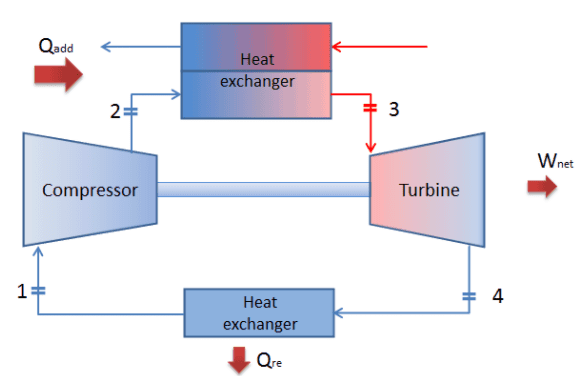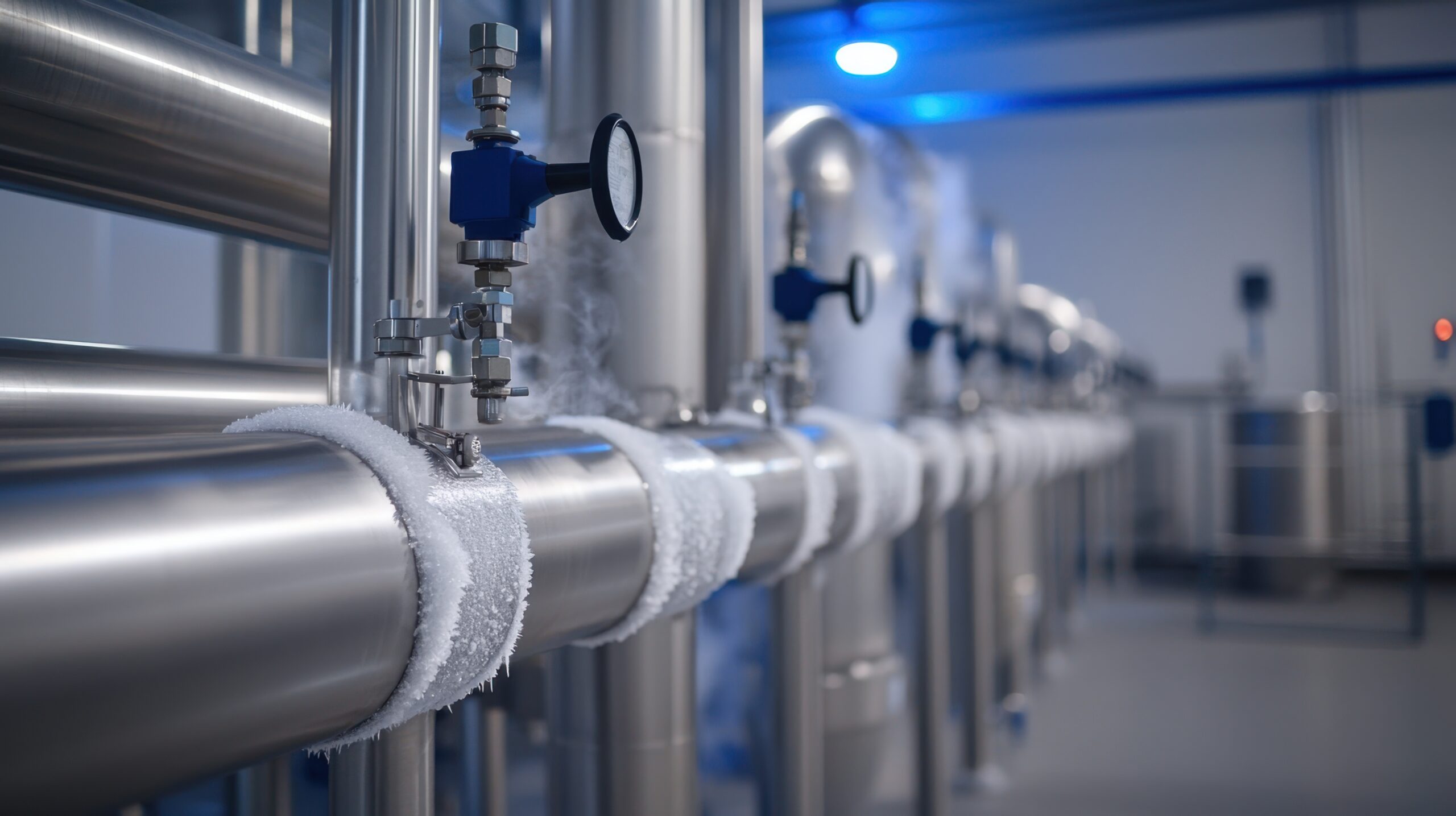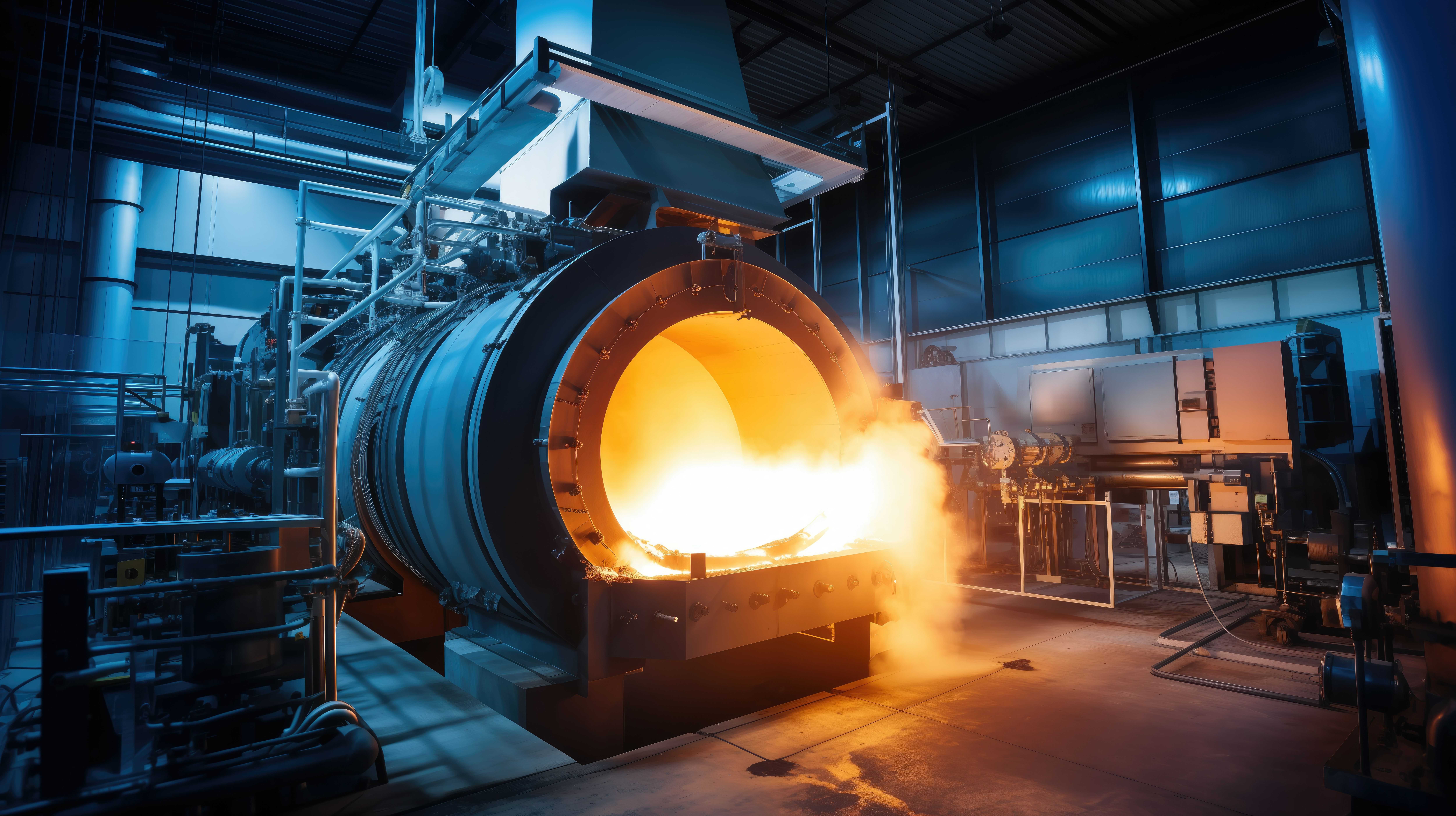
REVCO2 Project
Development and optimisation of a REVersible supercritical CO2 Brayton cycle for waste heat recovery

Project coordinated by CENTRALE LYON
Duration of 4.5 years
2 million euro budget
Thesis
Context and challenges
Supercritical CO2 (sCO2) Brayton cycles have emerged as a promising solution for achieving high efficiency and increased flexibility in various applications. The many advantages of sCO2 power cycles include high efficiency, compact equipment size, and applicability not only to next-generation nuclear reactors but also to the exploitation of industrial waste heat sources.
Scientific objectives
As part of the REVCO2 project, four research laboratories (CETHIL, Lafset, LMFA and LUSAC) will pool their expertise to develop a versatile reversible sCO2 Brayton cycle for recovering industrial waste heat, including the design and optimisation of subsystems.
The following technological obstacles, which hinder the large-scale deployment of this technology, will be addressed :
1. the unstable behaviour of the system when subjected to an intermittent heat source (as is often the case in the context of waste heat recovery);
2. the efficient design of the heat transfer subsystem in the critical thermodynamic zone;
3. the optimal overall design of a turbomachine for a reversible supercritical CO2 Brayton cycle that can be used to store heat during periods of excess electricity production by the grid; and
4. the design of an efficient heat storage system when the cycle is used in reverse.
In collaboration with the other participants, CETHIL will identify the relevant operating conditions for the reversible Brayton cycle using sCO2 covering a wide range of industrial applications: high-temperature heat recovery processes using high-temperature discharge heat pumps (> 200 °C), ‘Power-to-Heat-to-Power’ configurations to take advantage of grid price variations in order to supply electricity and heat to the process at the lowest cost while offering service flexibility to the grid.
In this context, Lafset will focus on the design, optimisation and experimental testing of heat exchange components, with an emphasis on the complex thermal behaviour near the critical point of CO2. CO2-based mixtures (with propane, for example) will also be considered in order to reduce operating pressures while maintaining optimal performance.
In collaboration with its partners, LUSAC will focus on the management and storage of energy for the direct and reverse Brayton cycle. Energy storage and conversion strategies will be analysed to ensure efficient management of the system’s energy. During this phase of the project, innovative storage technologies will be studied in order to define the optimal design for a thermal battery heat storage system. Experimental research will be conducted with a view to integration into the system, and measurements will be used to validate the numerical model and improve efficiency.
LMFA will focus on the overall design of the turbomachinery stages. The supercritical compressor and turbine stages will first be designed using a customised turbomachinery design tool based on fundamental principles. In a second validation step, high-fidelity simulations will be used using a Lattice Boltzmann Method (LBM) specially designed for compressible and supercritical flows of real gases. Combined with the Reynolds-Averaged Navier Stokes (RANS) approach, these three different fidelity levels will be combined in a multi-fidelity optimisation procedure to optimise the overall design of the turbomachine stages.
Once the complete design is available, an analysis of disturbances throughout the thermodynamic cycle will be considered by all REVCO2 project partners in order to collect data on the behaviour of the system outside nominal conditions and in the opposite case.
Based on this data, a performance map covering different operating temperatures and partial loads will be generated by CETHIL using a machine learning approach. The reduced model will be used to optimise the design of the complete system under conditions representative of the targeted applications: the thermo-economic criteria estimated from an advanced exergy analysis will be minimised.
The consortium



